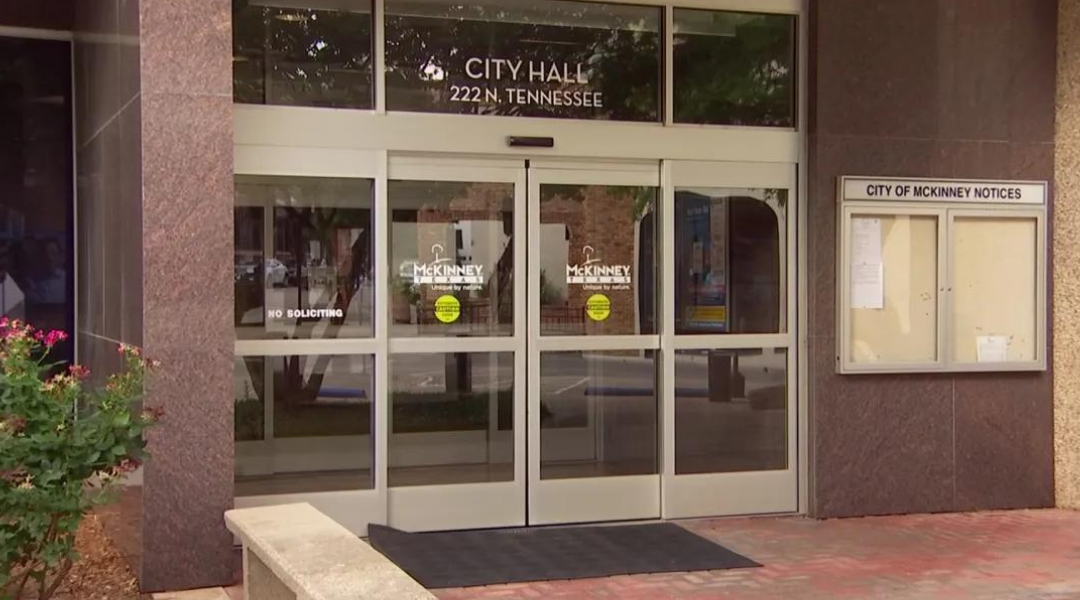If your child is in need of a behavior intervention plan, there are certain steps you'll need to take. The goal is to work alongside your child's educators, developing an Individualized Education Program (IEP) that targets their unique strengths and weaknesses.
If your child displays behavioral issues, particularly in the classroom, it is critical that you work with their teachers and IEP team. The ultimate goal of this plan is to help address and prevent problematic behaviors while working towards a more bright and successful future.
The following tips are intended to guide you and your child towards positive change and as a result, help your child achieve his/her unique goals.
1. Seek a Functional Behavior Assessment
The first step towards developing an effective behavioral intervention plan is to seek a functional behavior assessment. This will allow you to better understand the root cause of your child's behavioral issues, ensuring a more individualized approach. In turn, this will encourage the development of positive behaviors — especially when tracked and adjusted across time.
For example, if your child has been diagnosed with dyslexia, your child's needs will differ from a child with ADHD. If you are unaware of what is causing your child's inappropriate behavior then the functional behavior assessment can also help you understand key triggers and help create a plan forward.
2. Educate Your Child and Encourage Appropriate Behaviors
One of the best ways to decrease inappropriate behaviors is to set limits and reward good behavior. Depending on your child's age and key areas of interest, it may be beneficial to implement positive reinforcers, such as a sticker sheet.
If, for example, your child has ADHD and tends to be disruptive, when they're sitting quietly or working hard, it's imperative to provide them with praise. It is also important to speak openly about your child's struggles, helping them understand their personal experiences in the classroom.
3. Adapt to Change
Children are constantly developing. As they change, their behavior plan should also change, helping them adjust to their new needs, interests, and/or environments. In some cases, an initial behavior plan will not be as successful as intended, which is why it's imperative to remain aware of what's working and what's not.
4. Listen to Your Child
Encouraging open communication with your child is very important. This will ensure that they feel comfortable coming to you in regards to their unique challenges. Really listen to what it is that causes them distress.
Remember, there is no "one size fits all" plan, which is why you must always consider your child's individual personality, as well as their personal needs and goals. Include them within the planning process to ensure that their voice is heard.
5. Be Consistent
Behavior intervention focuses on WHAT to do when problematic behavior surfaces and more importantly, HOW to implement positive action. The goal here is to reinforce positive behavior while reducing disruptive behaviors.
For example, in the past, you may have given your child what they want during a tantrum so that they will stop. Although this is a short-term solution, this will reinforce bad behavior. In comparison, you'll want to reinforce good behavior while actively limiting bad behavior.
To ensure consistency, it is important to review your behavioral intervention plan with everyone in your child's life. This includes grandparents, educators, and even babysitters.
For more information, please refer to the following resources:
- Effective Tips for Behavior Intervention
- 5 Common Behavioral Issues in Kids and When to Be Concerned
- Behavioral Issues
If your child struggles behaviorally, contact Brain Balance Achievement Centers. We can help address the underlying causes of their challenges and help get them back on track so they can succeed at school and at home.
For over a decade, we’ve helped over 40,000 children improve the critical skills needed to create a brighter path for their future. Contact us online to learn more about how the Brain Balance Program can help. You can also view the research and results of the program on the website.





































